Junie H Cassone, N1DUC, writes:
The Greater Bridgeport Amateur Radio Club (GBARC) hosted its first Parks On The Air (POTA) activation on August 23rd, 2020. We operated from Putnam Memorial State Park (K-1707) in Redding, CT with the special event call sign of W1B. This event was organized by our member, Shawn Takatsu, AC1KC, and sparked an interest in many of our members to go out and activate not only parks, but to participate in Light Houses On The Air (LHOTA) and Summits On The Air (SOTA). We used Xiegu G-90’s with lead acid batteries, and made contacts on 20m and 40m.
I began to activate various parks around Connecticut shortly after my first POTA activation with GBARC. I hunted stations from home to form a better understanding of POTA before I went out on my first activation. I tested my portable equipment, and when ready began activating parks. My portable station consists of a Xiegu G-90, Buddipole™ antenna, and talent cell battery. I test my SWR with an MFJ-259D Antenna Analyzer. My first park activation was from Sleeping Giant State Park(K-1717) on September 9, 2020. I was also able to participate in a SOTA Activation from Mt. Carmel that day as well. It was a very exciting and very busy day.
After GBARC’s POTA event, I decided to organize a LHOTA event for the club. We operated from Fayerweather Island Light House (USA-059) in Bridgeport, CT on September 26, 2020 with the special event call sign of W1B. This was another test of our club members equipment and team work skills. We activated the lighthouse on 2m, 20m, and 40m making contacts as far as Spain and Italy. We had the use of two G-90 and two IC-7300 radios for HF. Overall it was a wonderful experience for our club member and potential hams.
I have a passion for animals and an affinity for ducks. Thus my call sign N1DUC “Number 1 Duck.” Mochi, my support animal, and sometimes his sister Marvel will travel with me to park activations. Mochi likes a good “QuackSO” every now and then. My ducks, mainly Mochi, will sit next to me while I’m operating. I am in the process of building a portable duck coop so my entire flock may be able to travel with me to the various parks (with park permission). I intend to create an amateur radio operating platform from the trailer coop and name it the “The Quack Shack.” As for operational goals I would like to activate all Connecticut parks at least once and in the distant future I would like to activate at least one park in every state.
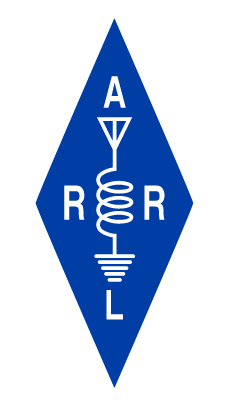
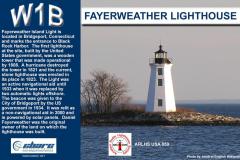
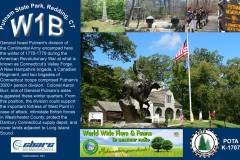

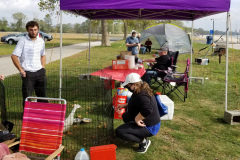
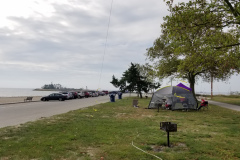
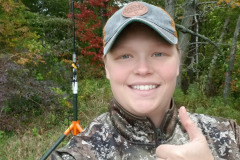
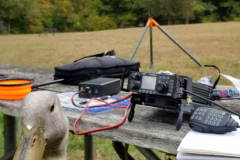
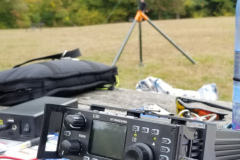
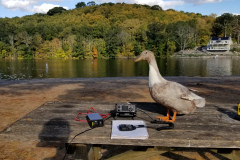
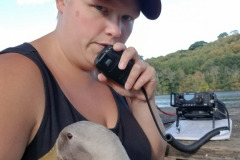
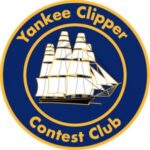 The
The 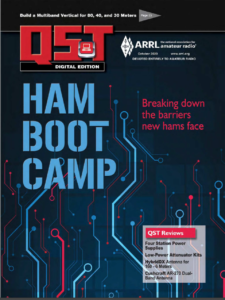
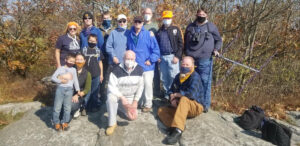
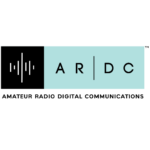 From Southgate Amateur Radio News:
From Southgate Amateur Radio News: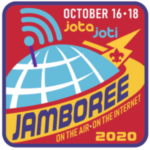 Jamboree on the Air (
Jamboree on the Air (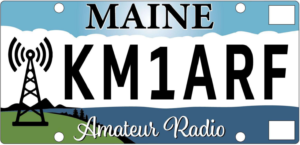
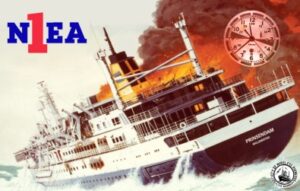 From ema.arrl.org:
From ema.arrl.org: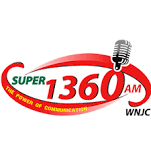 Les Rayburn, N1LF, writes:
Les Rayburn, N1LF, writes: